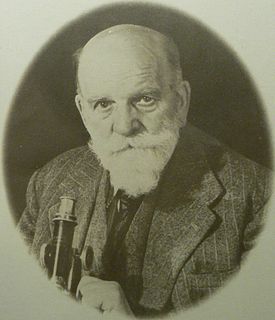
Alice Ernestine Prin, nicknamed the Queen of Montparnasse, and often known as Kiki de Montparnasse, was a French artist's model, literary muse, nightclub singer, actress, memoirist, and painter. She flourished in, and helped define, the liberated culture of Paris in the 1920s.

Gracillariidae is an important family of insects in the order Lepidoptera and the principal family of leaf miners that includes several economic, horticultural or recently invasive pest species such as the horse-chestnut leaf miner, Cameraria ohridella.

Aegocera is a genus of moths of the family Noctuidae first described by Pierre André Latreille in 1809.
Manoba is a genus of moths in the family Nolidae. The genus was first described by Francis Walker in 1863.

Catephia is a genus of moths of the family Erebidae. Most species of this genus are found in Africa.

Ulotrichopus tinctipennis is a moth of the family Noctuidae first described by George Hampson in 1902. It is found in Botswana, Burkina Faso, Djibouti, Egypt, Ethiopia, Kenya, Mauritania, Namibia, Nigeria, Oman, Saudi Arabia, Somalia, Sudan, Eswatini, Tanzania, United Arab Emirates, Yemen, Zimbabwe, Israel and Jordan.
Vegetia ducalis, the ducal princeling, is a species of moth in the family Saturniidae. It was described by Karl Jordan in 1922. It is found in South Africa.
Antheua is a genus of moths of the family Notodontidae erected by Francis Walker in 1855.
Eligma malgassica is a moth in the family Nolidae. This species was first described by Walter Rothschild in 1896 and is endemic to Madagascar.
Scopula quintaria is a moth of the family Geometridae first described by Louis Beethoven Prout in 1916. It occurs in Malawi, South Africa and Príncipe.

Epipyrops is a genus of moths in the family Epipyropidae.
Balacra compsa is a moth of the family Erebidae. It was described by Karl Jordan in 1904. It is found in Angola, Burundi, the Democratic Republic of the Congo, Kenya, Rwanda and Uganda.
Melisa hancocki is a moth of the family Erebidae. It was described by Karl Jordan in 1936. It is found in Uganda.
Amata chariessa is a moth of the subfamily Arctiinae. It was described by Karl Jordan in 1936. It is found in Zambia.
Utetheisa amhara is a moth in the family Erebidae. It was described by Karl Jordan in 1939. It is found in Eritrea, Ethiopia, Kenya, Saudi Arabia, Somalia and the United Arab Emirates.
Xanthodonta is a genus of moths of the family Notodontidae. The genus was erected by Max Gaede in 1928.
Epipyrops fulvipunctata is a moth in the Epipyropidae family. It was described by William Lucas Distant in 1913. It is found in South Africa, where it has been recorded from KwaZulu-Natal.







